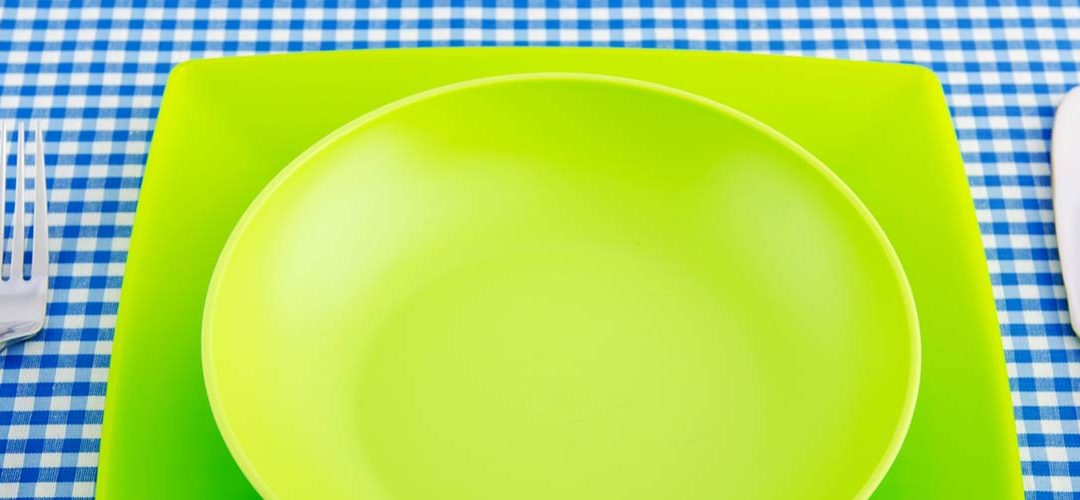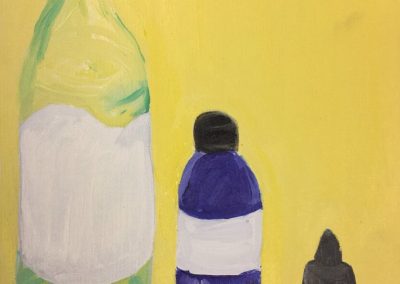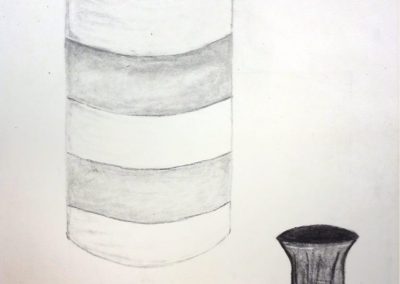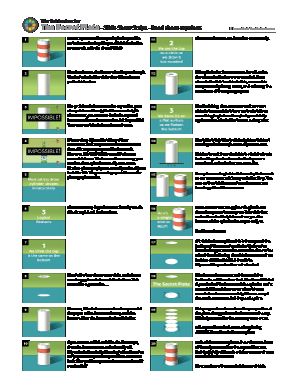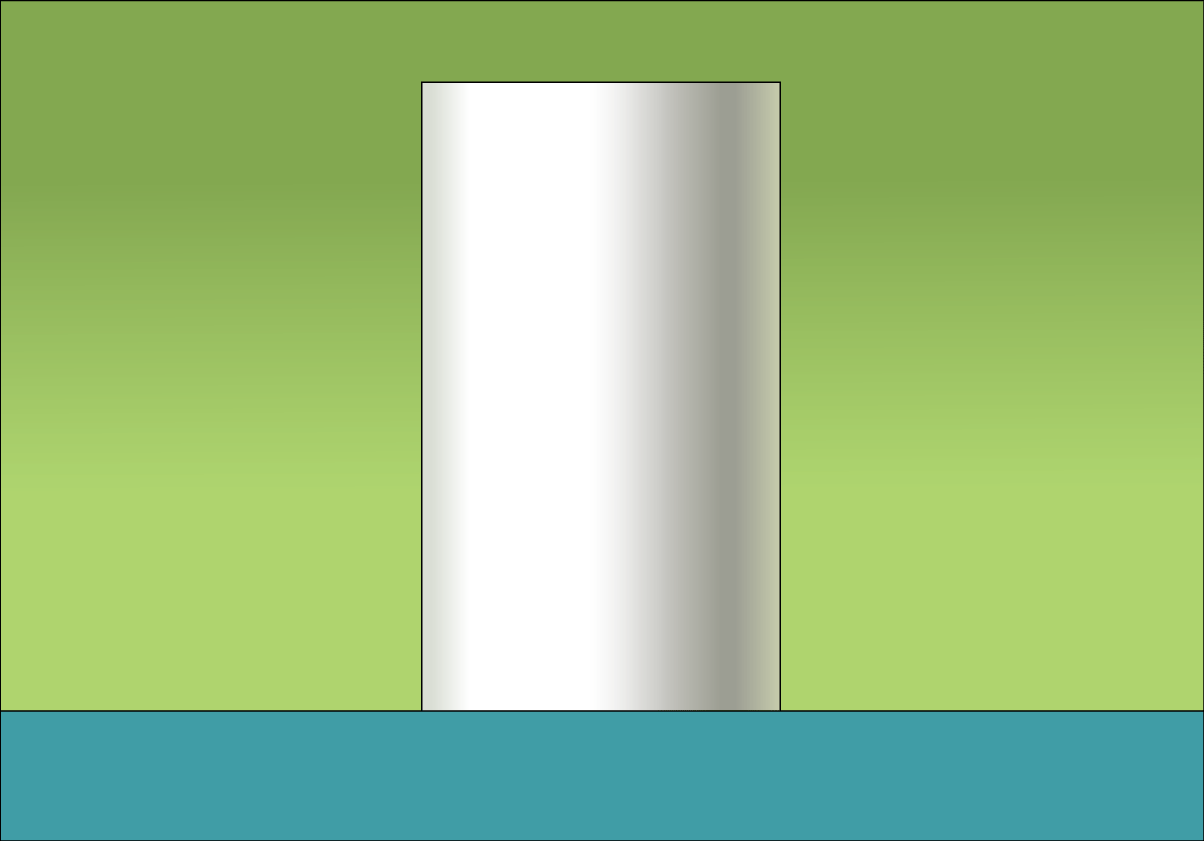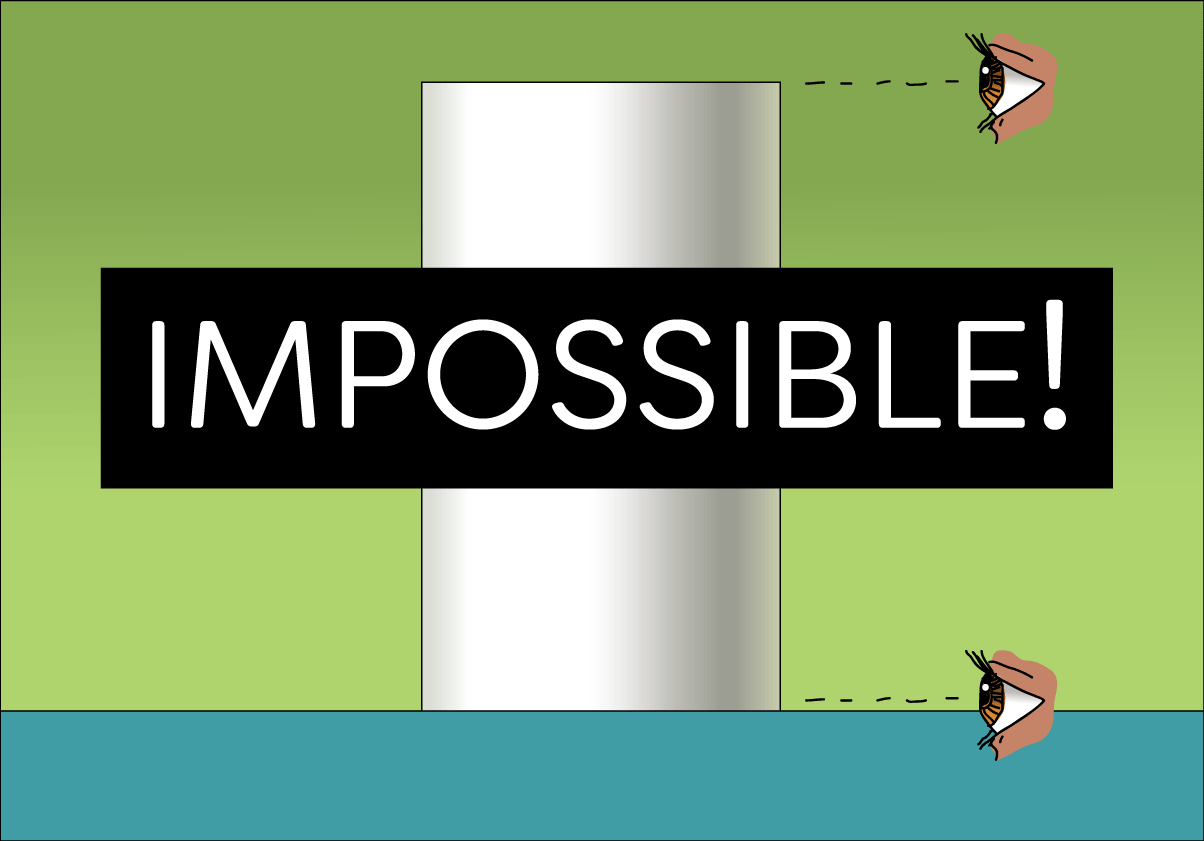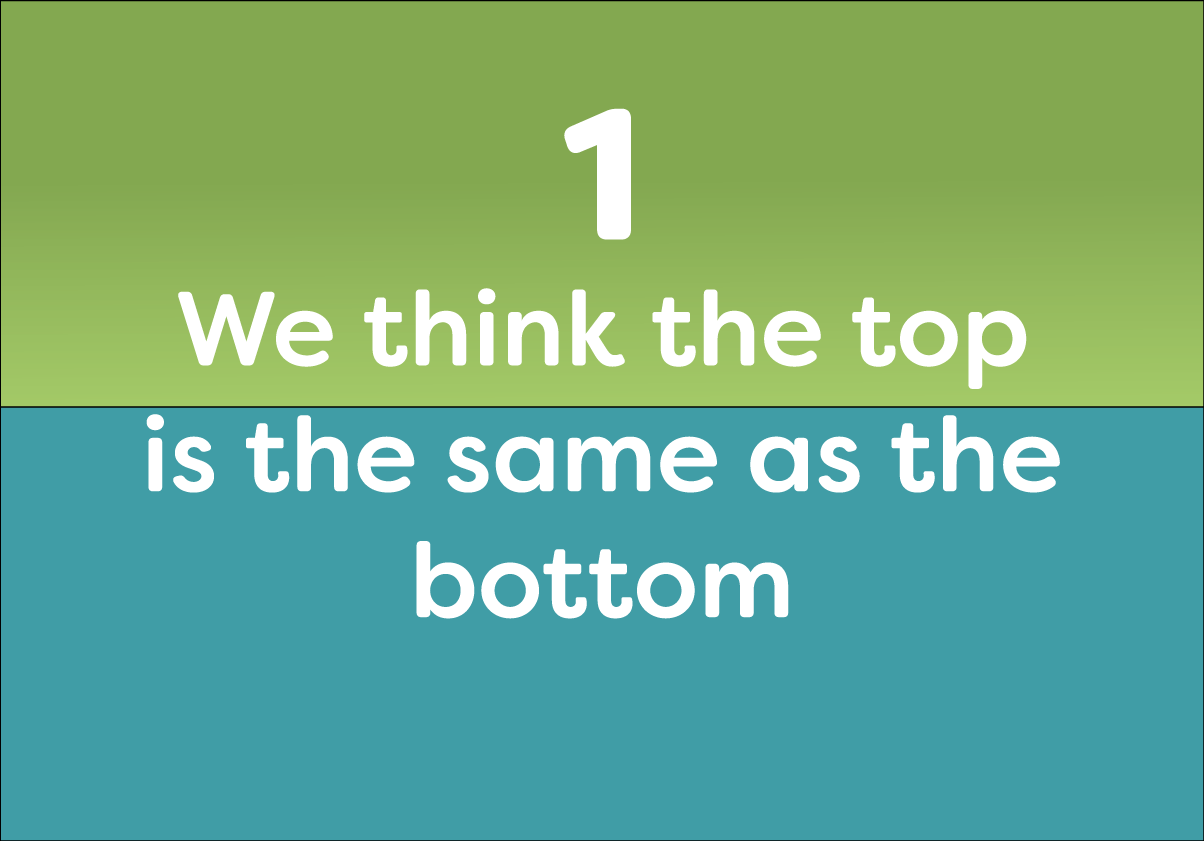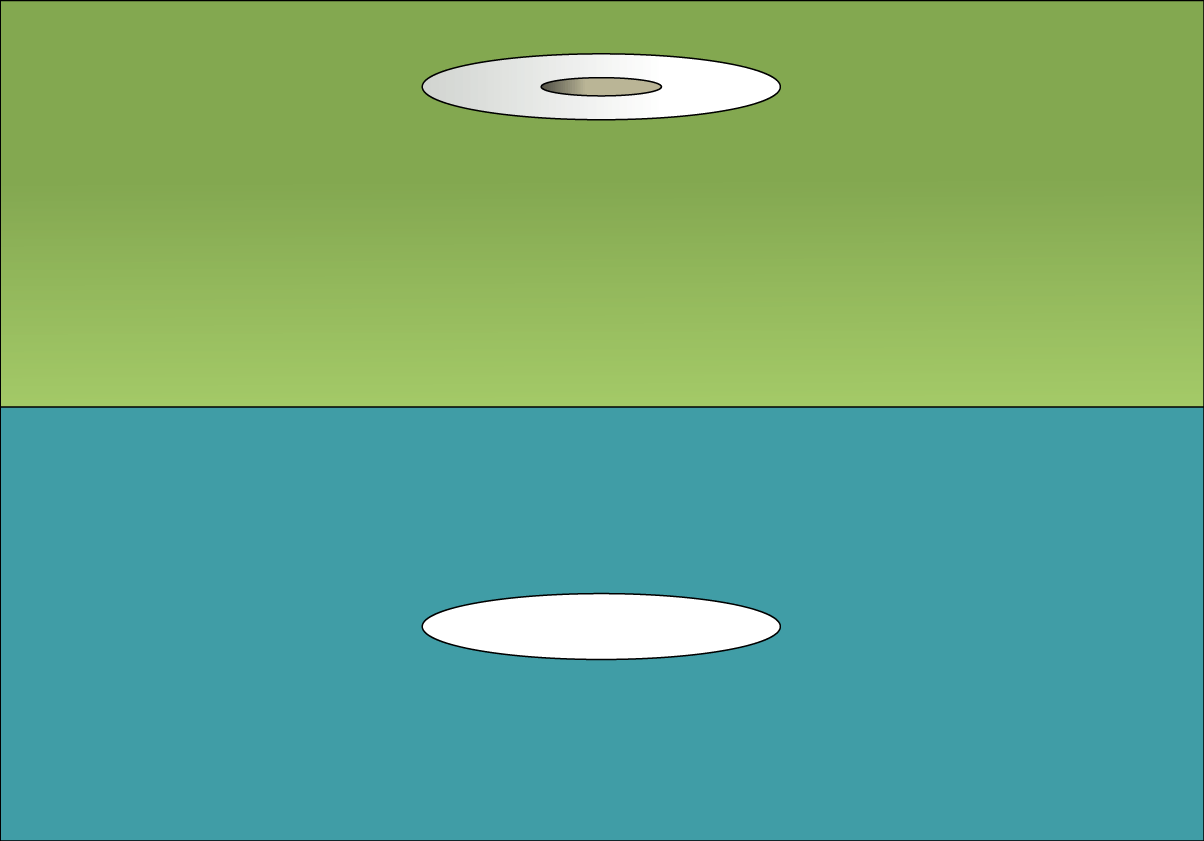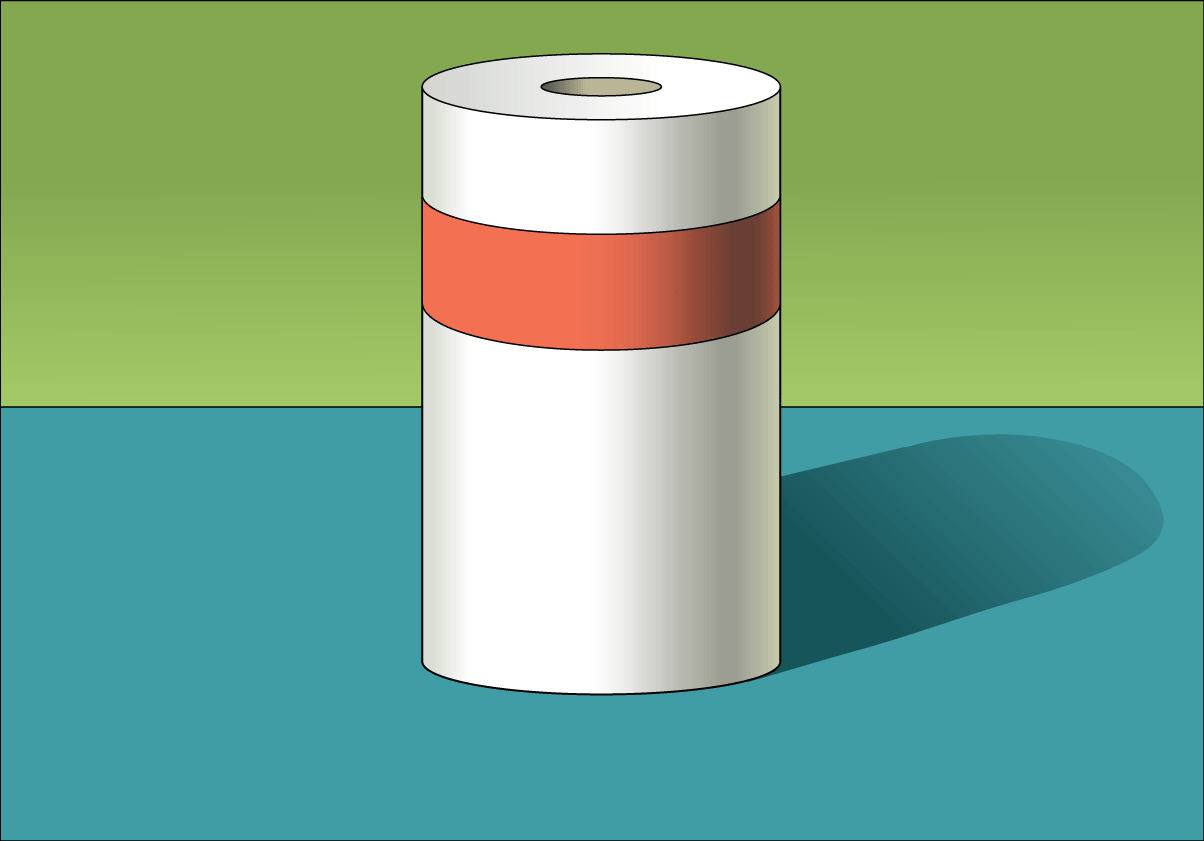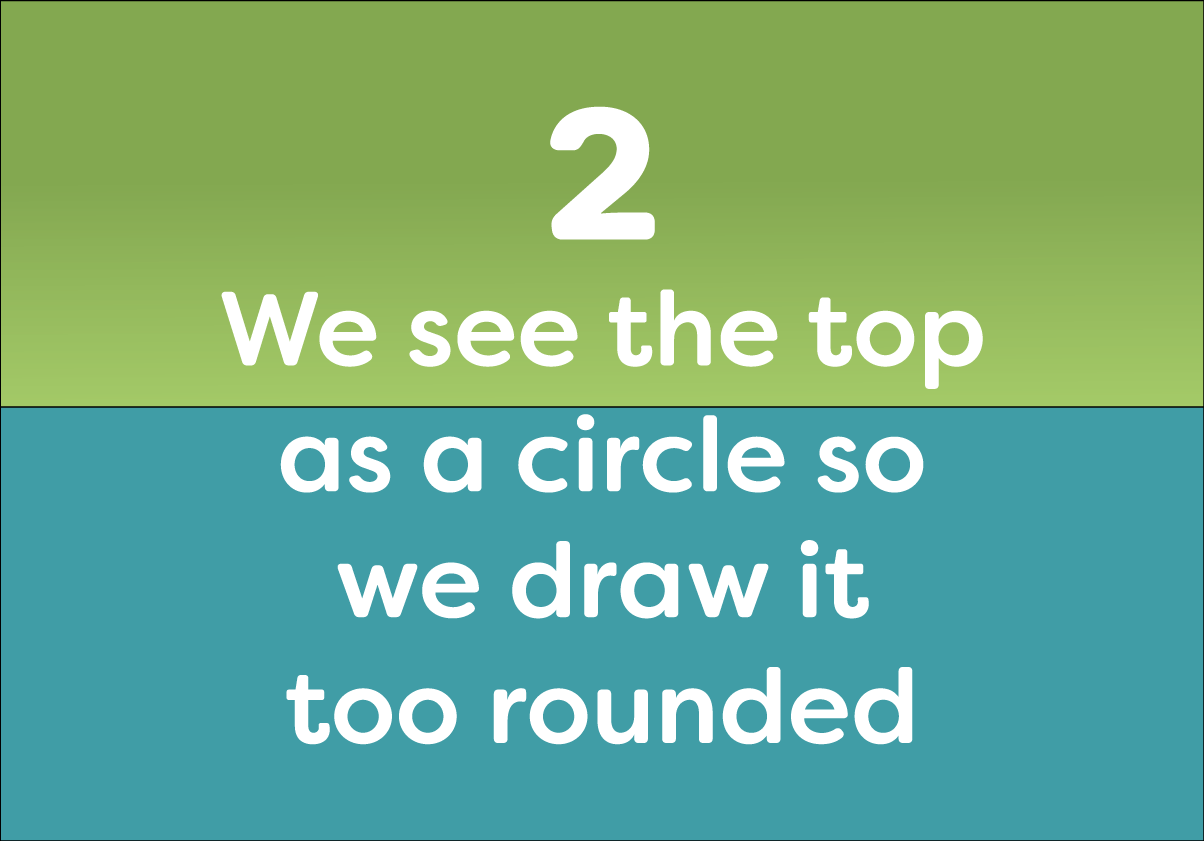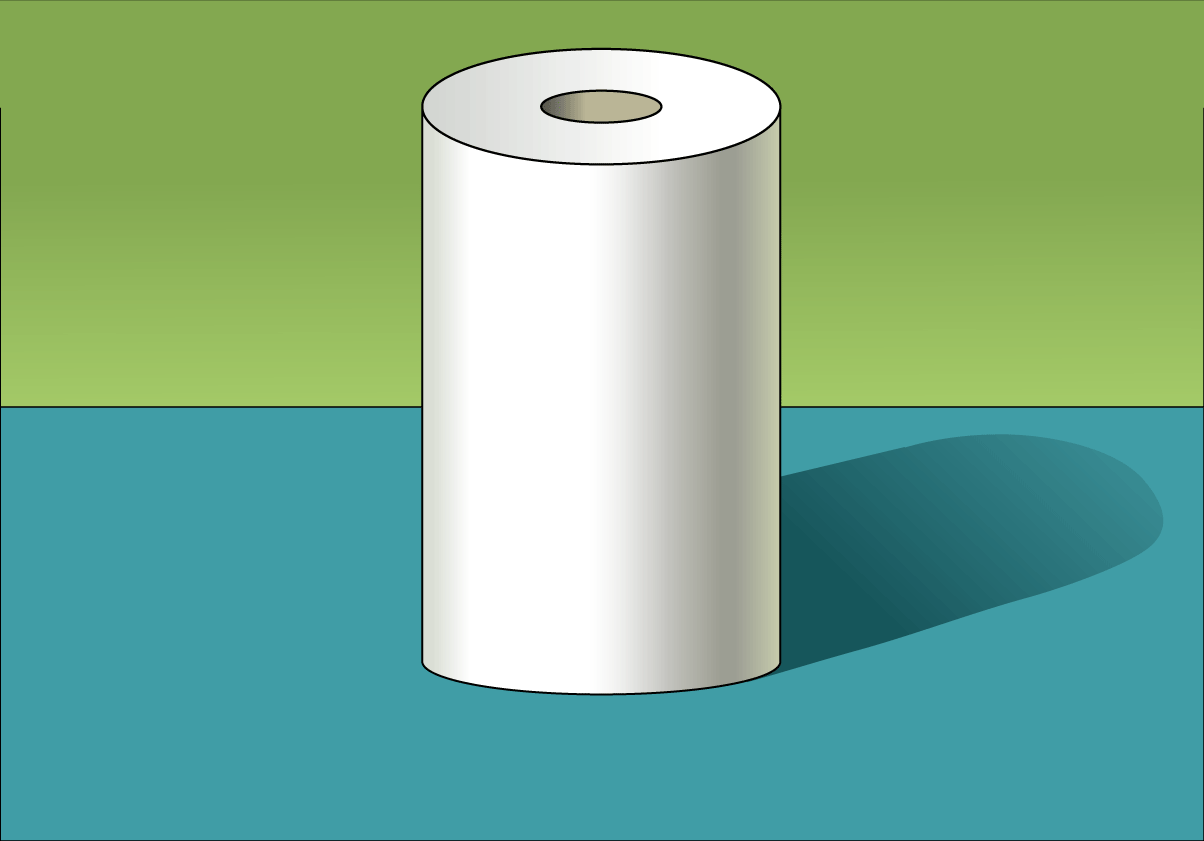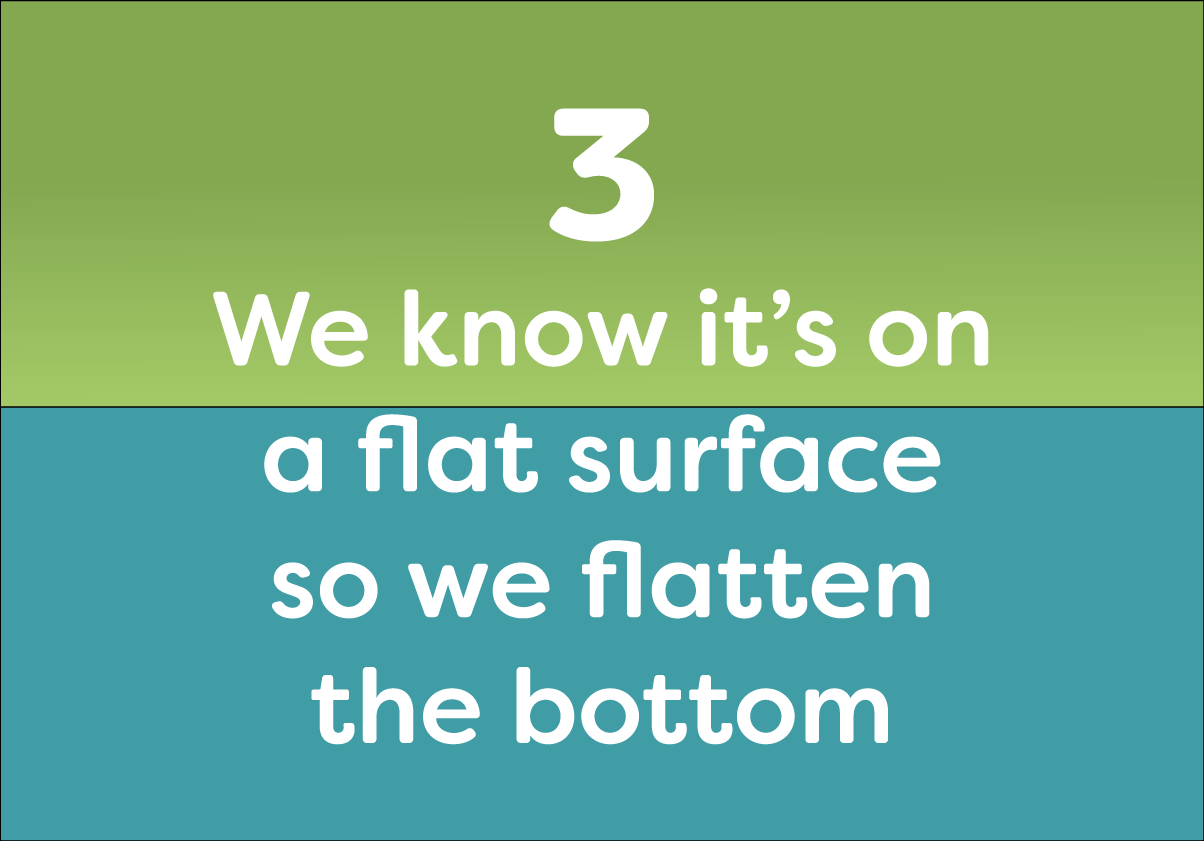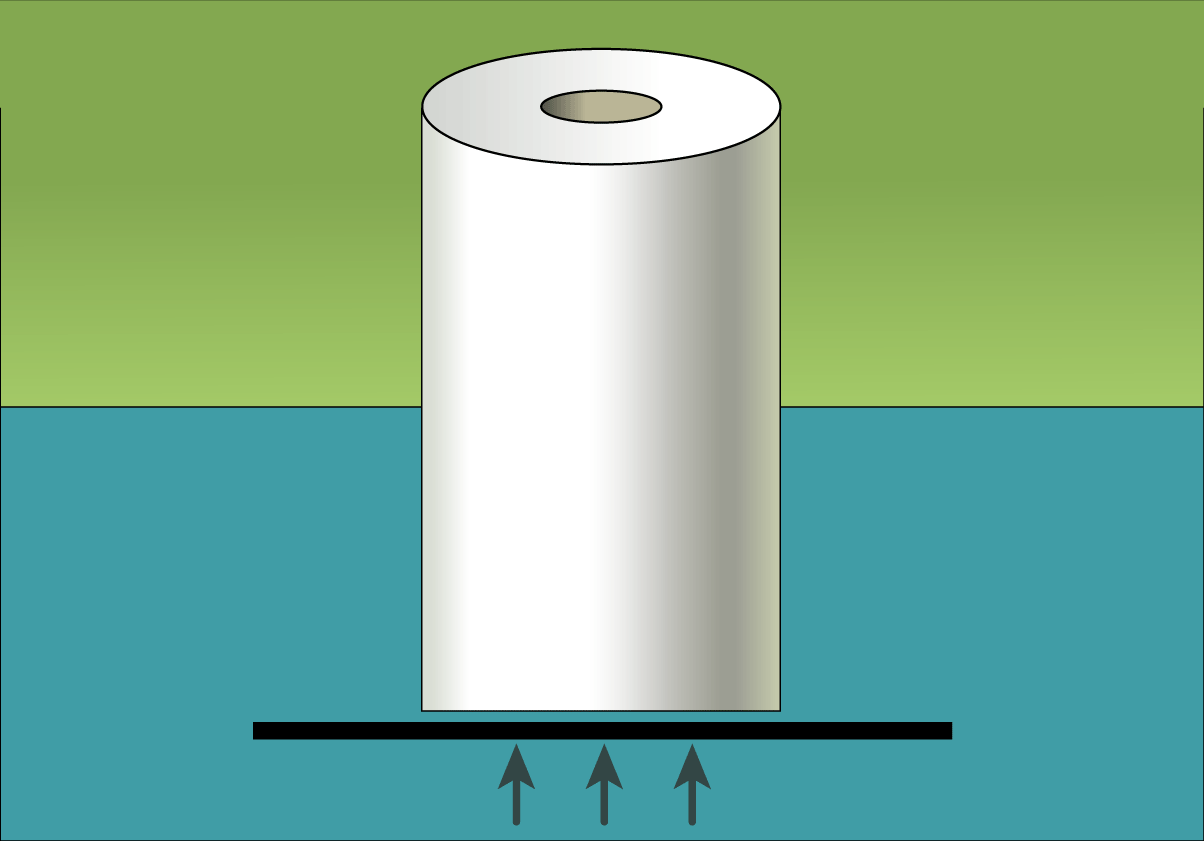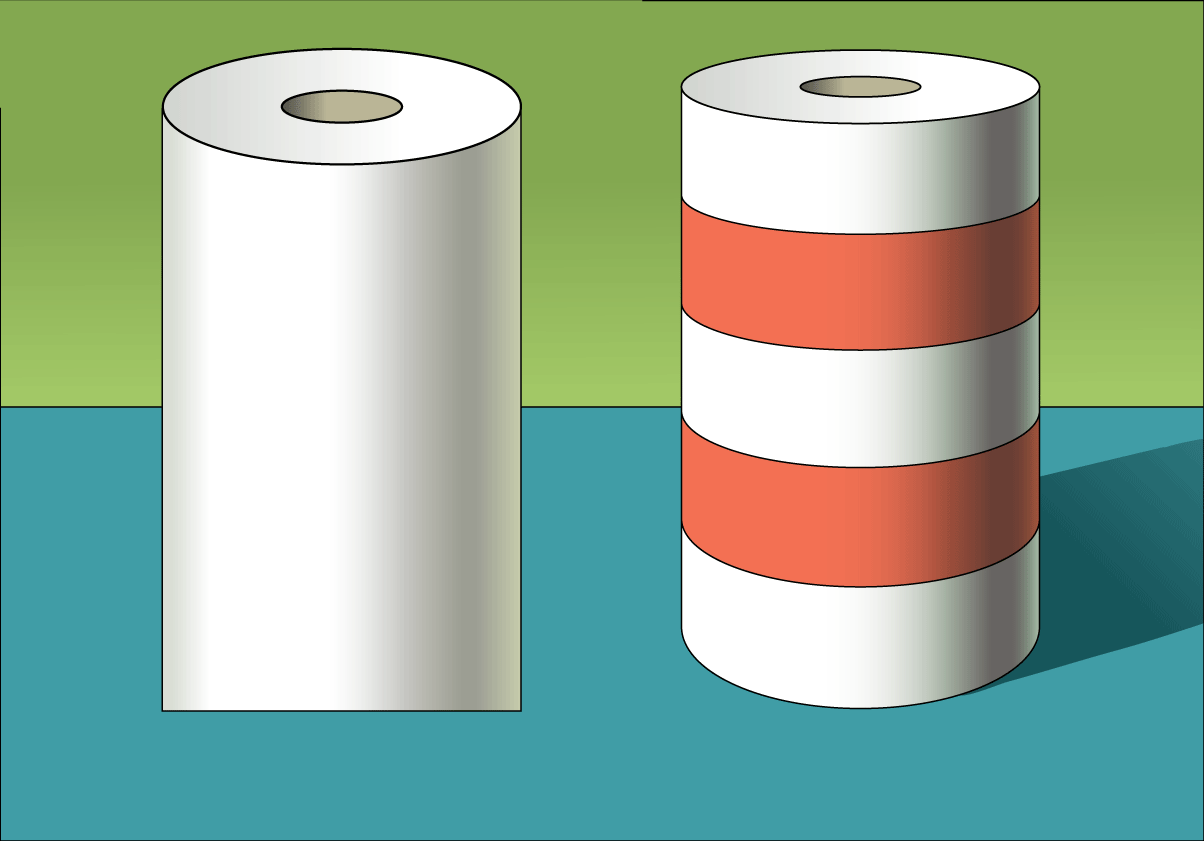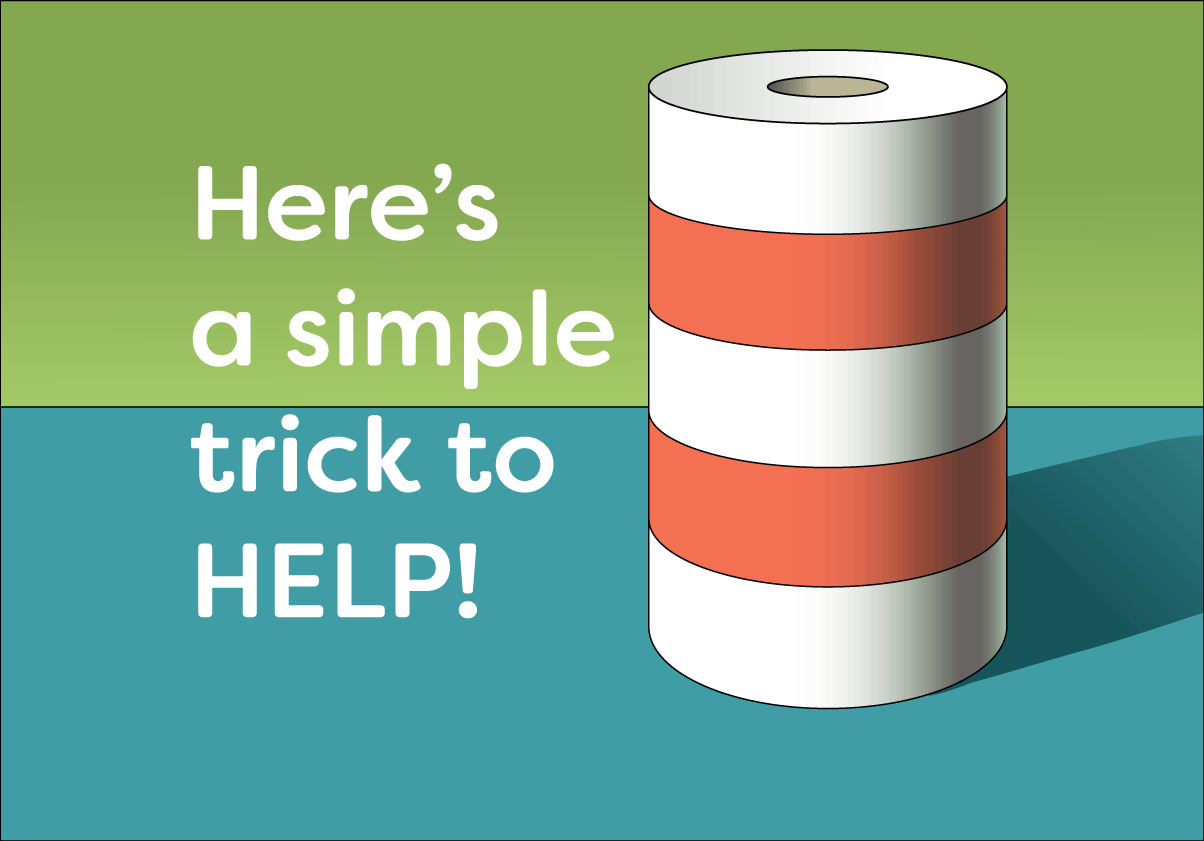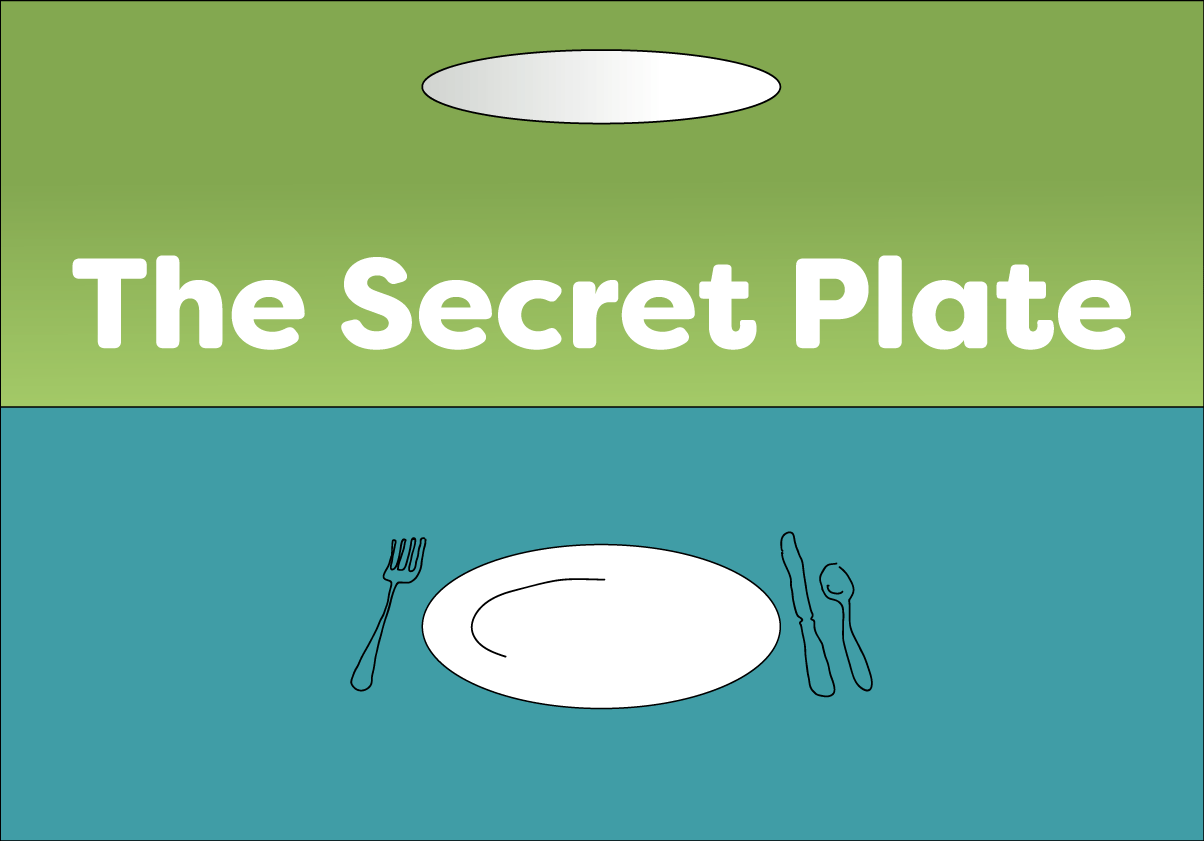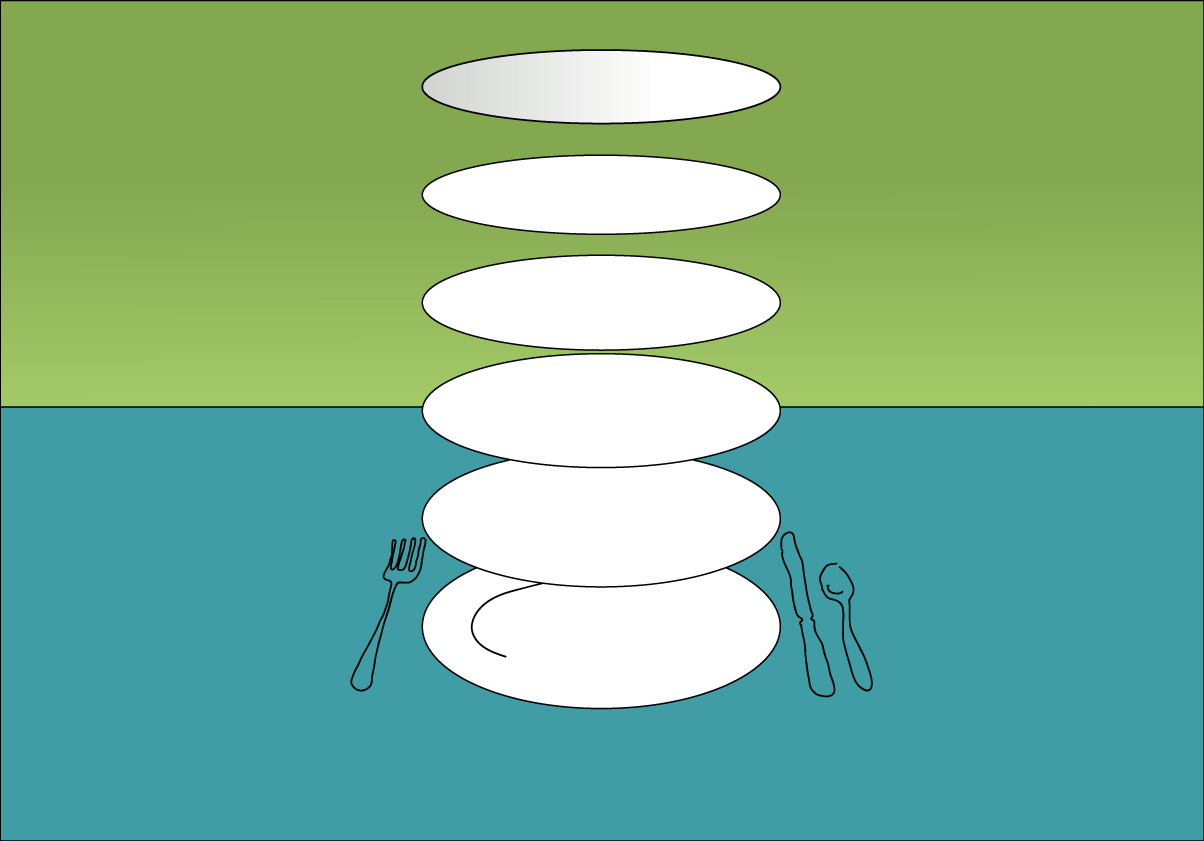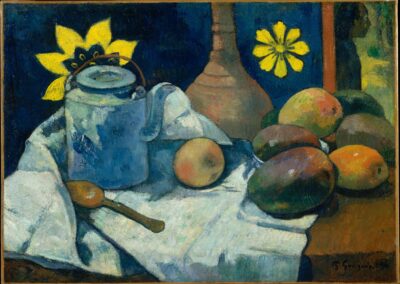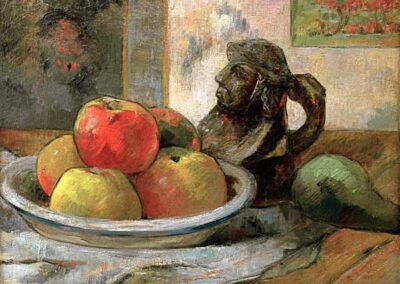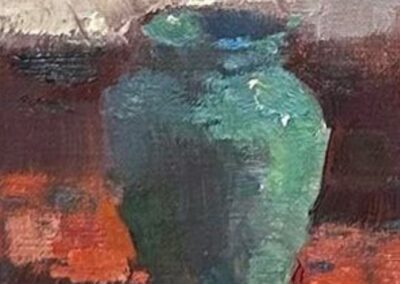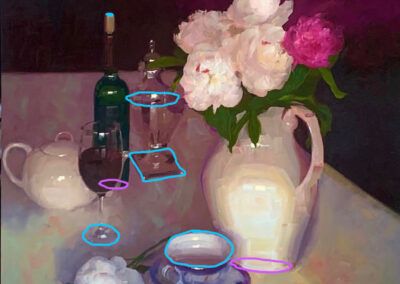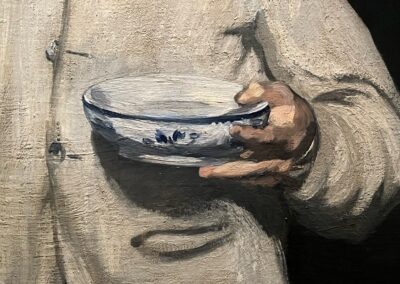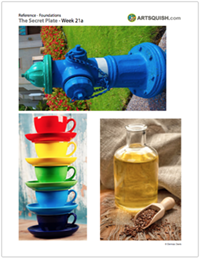Drawing
Each lesson Plan focuses primarily on one of the 4 Cornerstones of Art:
Drawing | Painting | Color | Style
OVERVIEW
Students will learn how cylinders, one of the 3 most basic 3D forms, is drawn accurately. They’ll see that even famous old masters struggled with it, while doing an exercise that helps them understand and apply a new way of looking at it. The second half of the lesson is spent filling sketchbook pages with practice drawings they get to choose reference for: from cartoons to realism, all using cylindrical objects.– – –
Grades 6 – 12
Week of January 20 – 24
1 Hour & 45 Minutes
Lesson At A Glance
Here’s a brief overview of the complete lesson. It’s also on your prep page in the Ready, Set, Go! section (below the lesson).
Colored buttons jump to each section in the full lesson plan below.
10 Minutes – Still life with paper towels.
15 Min – Slideshow to explain concept.
5 Min – Use plate to self-demo concept
10 Min – Show hidden circle and redraw towel roll
12 Min – Slideshow of cylinders in art & Gaugin
50 Min – Practice sketching cylindrical elements.
2 Min – Everyone helps
Use this button to jump down to the preparation section.
SCROLL & TEACH
LESSONPLAN
Each section is a different color. Read over once and then you can SCROLL & TEACH using any device you like. It’s designed to work well with your phone.
LEARNING TARGETS

Students know how to draw a cylinder
M A T E R I A L S
- 14″ x 17″ sketch pad
- 4B pencil
- White and kneaded erasers
- Paper towels with ribbons or paper stripes
- Still life objects
All materials are suggestions and may be modified as you see fit. We have tried many items, and these seem to allow the most versatility for the cost.
1.1 draw
Set up a still life, or several if needed, with a roll of paper towels and stripes as shown.
- Place the still life on white paper
- There needs to be enough still life setups so students are within 3 to 5 feet of the roll. 1 for every 4 students if you have rectangular tables. Maybe 5 or 6 with large round tables.
- IMPORTANT: draw a circle underneath the roll of towels. First, draw around the base in very light pencil. Then move the roll and draw inside the pencil line in sharpie marker. The roll should cover up the marker circle which which will be revealed later.
- Add two strips of colored paper stripes and secure with tape as shown below. You may tape two strips together to reach all the way around a full roll. It’s great to use unprinted towels if you can.
- Add a couple of small items around the area for early finishers.
-
Have students sketch this as best they can, adding shading and drawing the stripes. Play music while they work.
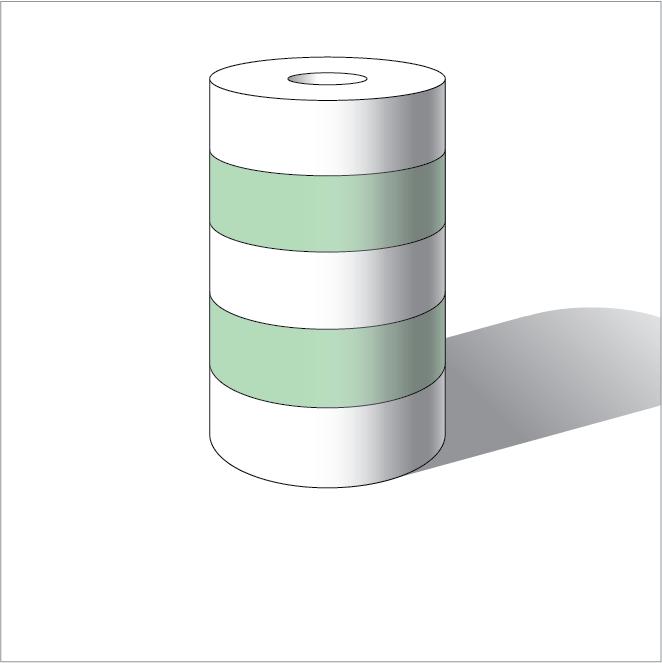
TIP
Make sure your students can see the top of the roll. If you have very young students, show the picture above and have them either stand up, or sit on some books.
Advanced Student Lesson
CREATIONS - tap here to open
Our Creations lessons are for students who have completed the two years of Foundations and are ready to begin using all that they have learned to create new work. These more challenging versions of the same concepts and techniques are easily taught along-side students in the Foundations course. This allows for excellent review, and is encouraging for students to see progress from each viewpoint.
Use the Student Instructions printout below to distribute to your Creations students. Tap the image to open the PDF in a new window.
Balanced Still Life – CONTINUED from last week
Overview: Students will use thumbnails to work out a balanced composition for a still life. They can choose to work in pencil, oil pastels, watercolor, or acrylics on paper.
Step 1. (10 minutes) Set up objects for a still life, keeping the objects simple. At least 3 objects must be used. Select medium – and surface: either drawing paper or watercolor paper.
NOTE: Your work can be: 1) graphic-style poster with the objects isolated and arranged in any way you like, 2) surrealistic, or 3) realistic.
Step 2. (15 min) Thumbnails – Draw 3 or 4 horizontal Frames and 3 or 4 vertical ones. These should be 1 and 1/2 inches or so. Then create 6 to 8 compositions using only Big Shapes, and taking only one minute to do each idea. Take your best idea and create 1 or 2 variations of it. Choose your favorite.
Step 3. (5) Set up workspace and materials.
Step 4. Guide Lines – draw very light simplified shapes to help your accuracy and to copy the thumbnail sketch. Look at the Frame edges to make sure you’re getting the shapes the same sizes and proportions.
Step 5. Create your artwork.
Use this button to jump down to the preparation section.
LEARNING TARGETS

Students know how to use “the secret plate”
M A T E R I A L S
- 14″ x 17″ sketch pad
- 4B pencil
- White and kneaded erasers
- Cheasel reference stand & clip
2.1 Print
GUIDE
Slideshow Script
Print this guide so you can read the captions as you display from your device. It’s too much text to display along with the slides.
2.2 teach
Explain that this slideshow is all about how to overcome one of the hardest things artists have to draw, and how it will help you make more accurate drawings than the famous artist, Paul Gauguin! This is a long slideshow with 20 images, so move along, but take care to read the captions verbatim so that this concept comes through. It’s good to practice a couple of times.
Keep up the excitement. This is an amazing technique that really helps.
The secret plate(tap any image to open viewer)
Cylinder 1
Here is a picture of a striped cylinder just like we’ve been drawing. Do you think it looks like an accurate cylinder shape? (Yes!)
CylinderSlides2
Here is what we think we are looking at though. Our logical mind tends to view things from a perfect side view.
CylinderSlides3
The problem is that to see the top as flat, your viewpoint must be right at the same height. That means you can’t see both the top and bottom as flat at the same time. It’s impossible! Your eyes can’t be in two places at once.
CylinderSlides4
We can draw things like this and they sometimes look very nice and sometimes we draw this way on purpose, like last week. However, it is VISUALLY impossible from a normal distance. That means for accuracy, you need to draw cylinders visually true. Note: Modern photography can actually make objects look like this. They are using special lenses for photographic tricks.
CylinderSlides8
Here is the top, drawn accurately, and also an exact copy placed down at the bottom. This seems like a great idea…
CylinderSlides9
However, it looks less accurate when you add the paper roll in between the top and the bottom. Now the bottom looks a little flat.
CylinderSlides10
If you start to add details like the first stripe, then the bottom starts to look really off. [Cover the bottom half with a sheet of cardboard or stiff paper to view just the top and how accurate it looks. Then pull it away so students can see how it’s way too flat.]
CylinderSlides12
This cylinder looks even worse, but all we’ve done is make the top more rounded. Since almost all artists tend to do this, we need to compensate by being aware, and reducing the roundness of the top on purpose.
CylinderSlides13
The final thing that causes us to draw most objects innacurately is how our brain tells us something logical and true, but goes totally against what it looks like from our viewpoint.
CylinderSlides14
The table is flat. Why isn’t the bottom flat too? It’s a logical solution, but visually inaccurate. This looks weird now, but this is what the brain is shouting at us to do: make the top more round and make the bottom more flat.
CylinderSlides15
If we place our logical truth-based cylinder next to our accurate one, it’s very weird looking. The one on the right is accurate and you can see how huge the differences are.
CylinderSlides16
Since most artists struggle with cylinders in these 3 ways, we have a great little trick that makes it easier. First, let me show you the bottom of this cylinder the way it really is. It will surprise you.
CylinderSlides17
Ok, this looks crazy! But this is the top and the bottom of the accurate cylinder that you’ve been looking at. Even the artist who drew it has a hard time believing that this is accurate when looking at it like this! But it really is. I’ll prove it to you in a few minutes too!
CylinderSlides18Plate
It looks much more normal if you put the bottom in a different context. The Secret Plate! If you think of the bottom of the cylinder as if it were a hidden plate, you can draw it more rounded and more accurately. We can accept the much more rounded shape of a plate.
CylinderSlides19
This progression shows how the perspective of the plate changes from the bottom to the top. This helps us realize the accuracy even more. When you draw the bottom of a cylinder, ALWAYS draw the whole secret plate.
Use this button to jump down to the preparation section.
LEARNING TARGETS

Students know how to use “the secret plate”
M A T E R I A L S
- Paper saucer or cut circle
“Use this paper saucer (or cut circle), and cover one eye to self-demo the concept. You’ll prove to your logical mind that the plate gets much more rounded the lower it is. It will always be hard to believe though, so never forget this trick.
Hold the plate in front of you at the same level as the top of the paper towel roll. You can see it’s flattened like the top of the towel roll.
Move it down to halfway, and see it grow dramatically in roundness! Move to the bottom, and it’s even bigger and more round. Try it a few more times slowly.”
Use this button to jump down to the preparation section.
LEARNING TARGETS

Students know how to draw a cylinder
M A T E R I A L S
- Sketchbook
- 2B pencil
- Eraser
“Draw the circle first, but make it very light so you’ll be able to erase the back side of it. You cannot draw just the front. It’s impossible to draw half an oval truly accurately, so professional artists always draw the back half too, or the entire secret plate.”
Use this button to jump down to the preparation section.
LEARNING TARGETS

Students learn about Paul Gaugin
M A T E R I A L S
- Sketchbook
- 2B pencil
- Eraser
5.1 teach
Gaugin struggled with cylinders and never fully understood how to draw and paint them accurately. He sometimes covered the bottoms of still life objects with cloth or other objects to hide this fact. Look for the kettle in the second image, which has a too rounded top, and a flattened bottom. Other works show flattened cylinder bottoms as well.
Use this button to jump down to the preparation section.
LEARNING TARGETS

Students know how to draw a cylinder
M A T E R I A L S
- Sketchbook
- 2B pencil
- Eraser
6.1 Print
Reference
Cylinders
Cut images apart and print enough for each student to choose from several.
6.2 draw
Use this button to jump down to the preparation section.
LEARNING TARGETS

Students know the importance of cleaning up
M A T E R I A L S
- Paper Towels
- Cleaning wipes
- Sink
- Waste baskets
- Well-lit spot for photos
- Camera or phone-camera
7.1 clean
Students clean up their work area.
- Wash hands
- Super-wash brushes if used
- Put art supplies away
- Wipe tables & toss trash
- Remove any smocks (last)
- Check for items on floors and tables
7.2 photos
Try to get photos of your student’s artwork. Find a good spot for quick lighting without highlights or shadows from your hands and device. Ideally in-between two strong lights on each side
Use this button to jump down to the preparation section.
OBJECTIVES
- Practice and improvement in drawing cylinder shapes: one of the 3 basic forms
- Understanding the structure and perspective of cylinders
- Accomplishment in seeing a dramatic improvement in accuracy
- Fulfillment by drawing sketches of cylindrical shapes
TROUBLESPOTS
Students pointing out other’s “learners” – If a student gets the concept and sees another who does not, they may embarrass others by telling them how to do it. Be aware and explain that you are the teacher and students need to work at their own pace.
The top of the roll must be seen! If you place it too high or students are short, they may not see any of the top. This will make the entire lesson confusing. Have students sit on their knees to draw or stand up if needed.
ART WORDS
Perspective – A term that is used to refer to the general illusion of depth in artwork.
3D drawing – When any artwork gives the illusion of being viewable at more than one angle, and the nature of the work changes when viewed from those different angles, it is a 3D form of artwork. 3D work utilizes the different viewpoints to maximum effect and sometimes creates an environment..
CLASSROOM
PREP
Set up a still life, or several if needed, with a roll of paper towels and stripes as shown. Make sure to buy paper saucers or make cutout circles.
- Place the still life on white paper
- There needs to be enough still life setups so students are within 3 feet of the roll. 1 for every 4 students if you have rectangular tables. Maybe 5 or 6 with large round tables.
- IMPORTANT: draw a circle in sharpie underneath the roll of towels by first drawing around the base in very light pencil, then moving the roll and drawing inside the pencil line. The roll should cover up the marker circle which is revealed later.
- Add two strips of colored paper stripes and secure with tape as shown in step 1
- Make it interesting by adding a couple of small items around it.
What your room needs
Here are your printable lists and room prep instructions.
CLASSROOM
MATERIALS
- Paper towels with ribbons or paper stripes
- Still life objects
- Paper saucers or cut paper circles about 7 or 8 inches across
- Cheasels and clips to hold reference papers
- Pencil sharpener
STUDENT’S
MATERIALS
- 14″ x 17″ sketch pad
- 4B & 2B Pencil
- White & kneaded erasers
PREVIEW
Week 22: Still Life 1
Using recent lesson insights will be helpful when drawing a detailed still life of bottles, bowls, fruit, and striped fabric. The drawing will continue for two weeks instead of our usual one.
Week 23: Still Life 2
Using recent lesson insights will be helpful when drawing a detailed still life of bottles, bowls, fruit, and striped fabric. The drawing will continue for two weeks instead of our usual one.

